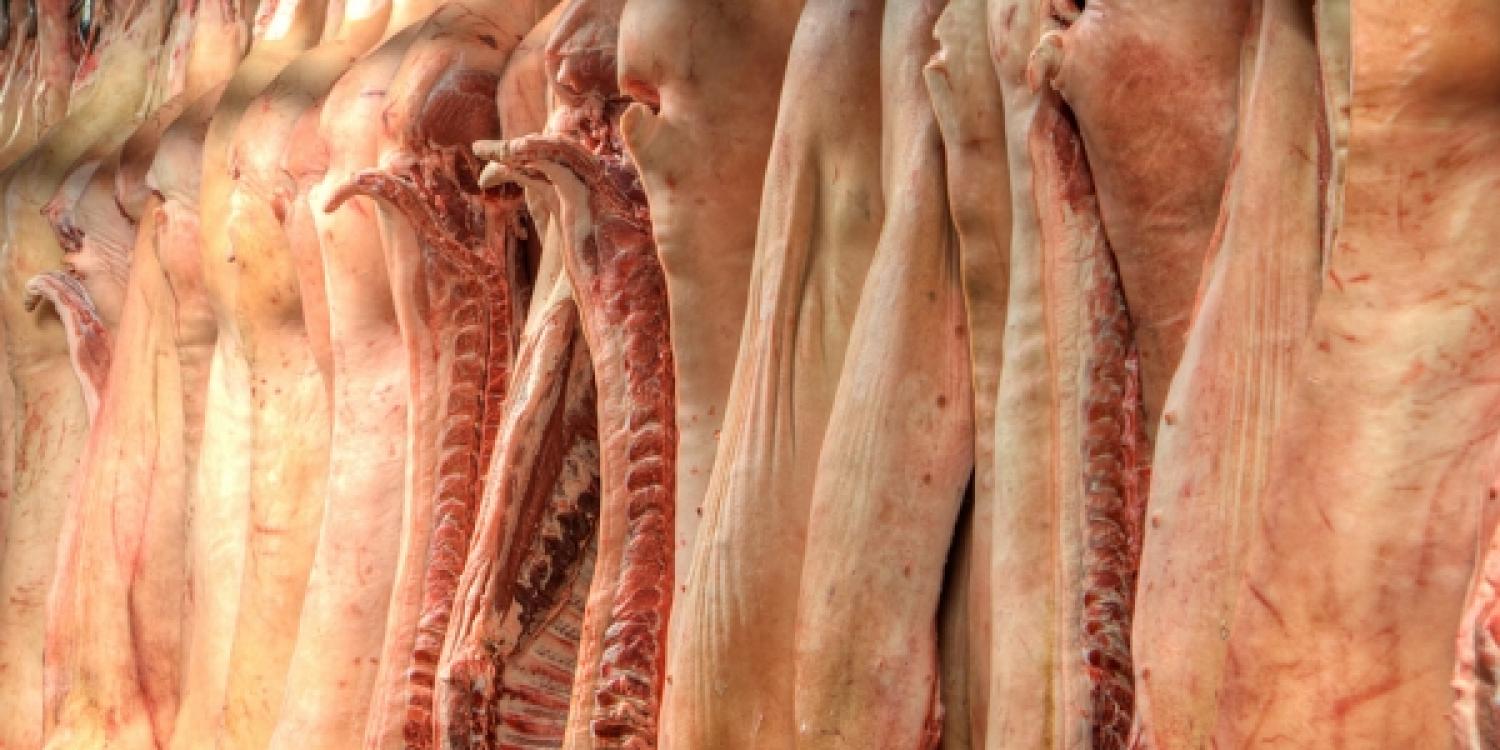Restructuring work to keep a slaughterhouse afloat

Information
When design, business, engineering and the environment all come together
- A tenancy change presents an opportunity to retrofit a slaughterhouse, making it more efficient and safer
- Measures generate energy savings of 52 % (gas) and 20 % (electricity) and cost-savings of € 77 000 a year
When the tenancy of a slaughterhouse owned by SAIEMB Immobilier d'Entreprises came up, it was seen as an opportunity to retrofit the plant's inefficient industrial heating and cooling systems before the new tenant, Société Bistonine d'Abattage (SBA), moved in. The refit would help cut operating (energy) costs at the slaughterhouse.
Owner, tenant and Agropole Ingenierie, a design office, worked together to bring this project to fruition in 15 months. Key technical solutions chosen cover heat production and recovery, refrigeration and hot water systems.
For industrial refrigeration production:
- Unit with a low ammonia load (NH3) instead of HFC-based refrigerants (no equivalent greenhouse effect, better investment/loads ratio and limited risk)
- Condensation on a plate condenser with mono-ethylene glycol (MEG), dry cooler (MEG) at 38° C / 42° C and another dry cooler doing free cooling when outside temperatures are low, coupled with a hot-water recovery circuit of 500 kW for preheating the water supply to the natural gas-fired domestic hot water heater (ECS), as well as the glycol heating used for defrosting
- Mechanical overhaul of the compressors dating from the plant's construction in around 1984
- Use of a glycol which does not need added water
- Installation of a variable speed drive on the distribution pumps
For hot water production:
- Replacement of three boilers (two steam boilers and one electric) with a 600-kW natural gas-fired, non-condensing hot-water heater
- Installation of a 55-kW gas boiler for offices
For heat recovery:
- Installation of a 160-kW plate heat exchanger
- This recovers energy from the refrigeration unit and feeds it back into the water network to preheat the domestic hot water
Key benefits
These successful measures significantly reduce gas consumption (from 1 616 MWh/year to 786 MWh/year) and electricity consumption (from 1 213 MWh/year to 965 MWh/year). This represents energy savings of 52 % and 20 %, respectively, and pre-tax savings of € 77 000 a year (at a constant energy cost). The gross return on investment is estimated at 6.4 years (again, at a constant energy cost). From an environmental point of view, 7 143 m3 of water are saved thanks to the measures, which is 25 % of the property’s consumption.
Apart from helping to keep the slaughterhouse as a going concern, other benefits of the retrofit include the creation of a maintenance management post, to ensure the plant operates optimally. The retrofit also mitigates several risks, such as legionella, ammonia emissions, and staff exposure to noxious vapours. A monthly monitoring of all fluids and energies is now carried out. Further projects concerning the optimisation of installations are envisaged.
Ademe (2011), 'Réduction de la consommation énergétique d’un abattoir', http://www.ademe.fr/sites/default/files/assets/documents/reduction-cons…